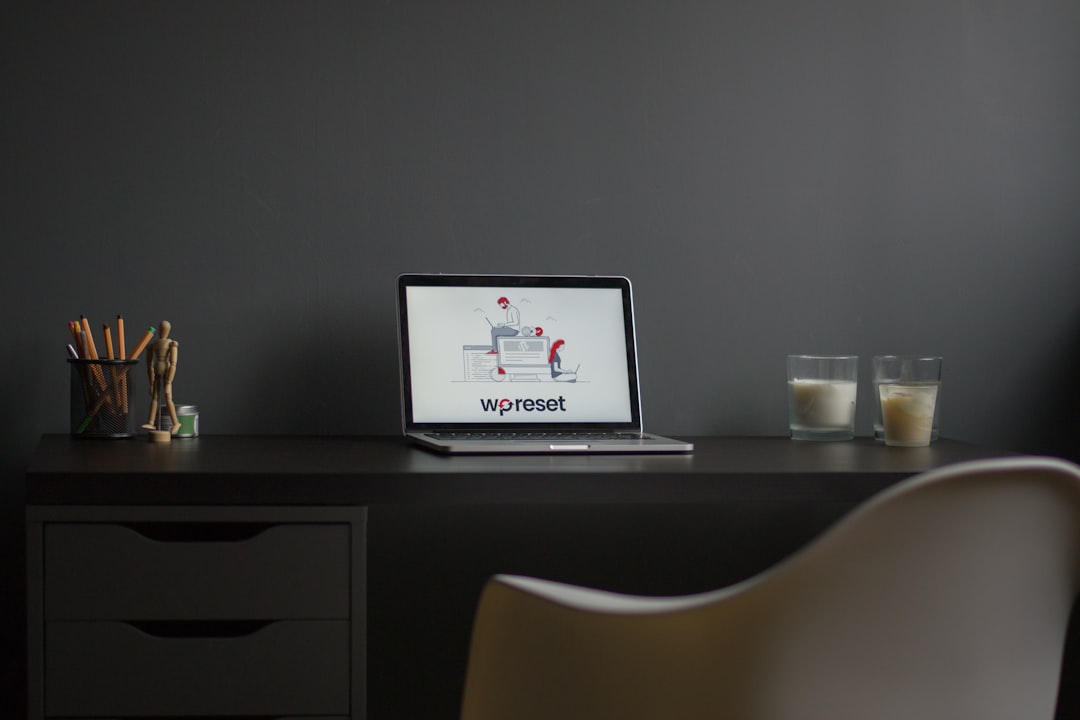If you’re an FBA (Fulfilled by Amazon) seller, managing your inventory can feel like solving a puzzle. One of the most mind-bending parts? Calculating your inventory costs using methods like LIFO. But don’t worry — we’re here to make it easy, fun, and simple to understand!
What Is LIFO?
LIFO stands for Last In, First Out. It’s a method used to calculate how much your inventory costs you — specifically, the cost of goods sold (COGS).
Simply put: the last pieces of inventory you bought are the first ones you sell — at least according to your accounting books. This doesn’t mean Amazon literally ships your last item first. It’s just how you track your costs for taxes and profit calculation.
Why Use LIFO?
LIFO might benefit you if prices are going up. Why? Because the newer products (which cost more) are tracked as sold first. This means your COGS is higher, and your taxable profit is lower.
Lower taxes? Sounds great, right? But note: LIFO is not accepted in many countries outside the U.S.
Step-by-Step Guide: How to Calculate LIFO
Let’s say you sell phone cases on Amazon. Good choice — everyone needs one. Here’s how to figure things out.
Step 1: Track Purchases
Keep a detailed record of every time you get inventory.
- March 1 – Bought 100 cases at $5 each
- April 1 – Bought 100 cases at $6 each
- May 1 – Bought 100 cases at $7 each
Step 2: Know What You Sold
Let’s say you sold 150 phone cases by June. With LIFO, we assume the last bought cases (the $7 ones) were sold first.
Step 3: Apply LIFO Logic
You sold 150 cases. Start with the most recent (May):
- SOLD 100 cases from May’s $7 stock = 100 x $7 = $700
- SOLD 50 cases from April’s $6 stock = 50 x $6 = $300
Total COGS = $700 + $300 = $1,000
Step 4: Calculate Your Profit
If you sold those 150 cases at $12 each, your total sales were:
150 x $12 = $1,800
Now subtract your COGS:
$1,800 – $1,000 = $800 profit

Don’t Forget About Leftover Inventory
From March, you still have 100 cases at $5 each, and 50 from April at $6. That’s your ending inventory.
So what’s it worth?
50 x $6 = $300, plus 100 x $5 = $500. Total: $800 in inventory remains
Tips to Make It Easier
- Use a spreadsheet or inventory management software
- Keep every supplier invoice handy
- Always record the date, quantity, and cost per unit
- Update sales weekly — it makes life easier!
Wait, What About Amazon’s FIFO System?
Amazon uses FIFO (First In, First Out) to manage physical inventory. But you can still use LIFO for your accounting.
One is physical flow. The other is financial flow.
Final Thoughts
LIFO isn’t just for big corporations! Even small FBA sellers can use it to lower taxable income and better understand their inventory costs.
With a little organization and math, you’re ready to make smarter choices in your business.
So grab your calculator, cozy up with your spreadsheets, and give LIFO a try!